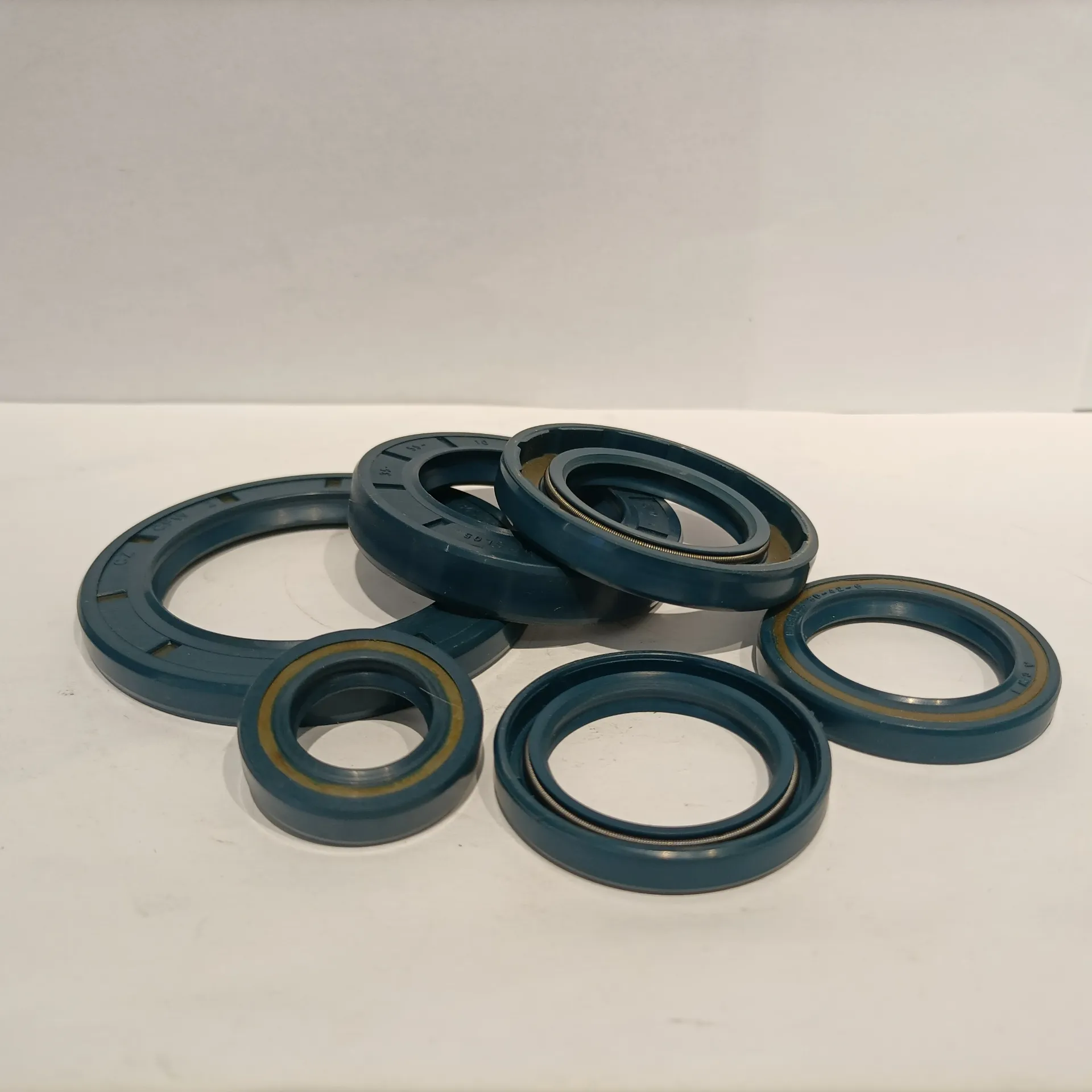Dec . 25, 2024 23:07 Back to list
Hydraulic Motor Seals for Enhanced Performance and Leak Prevention in Oil Systems
Understanding Hydraulic Motor Oil Seals
Hydraulic systems are integral to a multitude of industrial applications, and the efficiency of these systems heavily relies on the reliability of their components. One essential component is the oil seal, particularly in hydraulic motors. This article will delve into the importance of hydraulic motor oil seals, their types, and maintenance practices for optimal performance.
The Role of Oil Seals in Hydraulic Motors
Hydraulic motor oil seals serve a crucial function in maintaining the integrity of hydraulic systems. They prevent the leakage of hydraulic fluid, which is vital for the system's operation. Hydraulic fluids can be highly pressurized, and any leaks can lead to significant performance issues, hydraulic loss, and environmental hazards. Therefore, the oil seal's primary role is to provide a barrier that retains the hydraulic fluid within the system while simultaneously protecting it from contaminants such as dirt, moisture, and foreign particles.
Types of Hydraulic Motor Oil Seals
There are various types of oil seals used in hydraulic motors, each designed to accommodate different applications and conditions. The most common types include
1. Lip Seals These seals have a flexible lip that makes contact with a rotating shaft. The lip's pressure against the shaft helps to keep the hydraulic fluid contained, making it one of the most widely used seal types in hydraulic applications.
2. O-Ring Seals O-rings are circular seals that fit into a groove and compress against a shaft or housing. They are versatile and can be used for various applications, including static and dynamic sealing in hydraulic motors.
3. Rotary Seals Designed for applications involving rotating shafts, rotary seals are engineered to withstand high pressures and temperatures. They are prevalent in hydraulic pumps and motors.
4. Mechanical Seals Used in applications requiring a high level of sealing performance, mechanical seals consist of two parts that rotate against one another. They are typically used in high-pressure situations.
Material Considerations
hydraulic motor oil seal

The material of the oil seal is paramount to its performance and endurance. Common materials include rubber compounds like nitrile (Buna-N), fluorocarbon (Viton), and polyurethane. Each material has its unique properties
- Nitrile Offers excellent resistance to petroleum-based oils and is cost-effective, making it a popular choice for general applications. - Fluorocarbon Known for its high-temperature resistance and compatibility with aggressive chemicals, fluorocarbon seals are suitable for demanding environments. - Polyurethane Provides superior wear resistance and is ideal for high-load applications.
Maintenance of Hydraulic Motor Oil Seals
To ensure the longevity and reliability of hydraulic motor oil seals, regular maintenance is essential. Here are some key maintenance practices
1. Regular Inspections Routinely inspect the seals for signs of wear, such as cracks, tears, or deformation. Early detection of damage can prevent costly repairs or replacements.
2. Fluid Quality Use high-quality hydraulic oil and ensure it is kept clean. Contaminated fluid can deteriorate the seals prematurely, leading to leaks and system failures.
3. Temperature Management Monitor the operating temperature of the hydraulic system. Extreme temperatures can compromise the sealing material, so maintaining optimal temperature conditions is crucial.
4. Proper Installation Ensure that oil seals are installed correctly. Misalignment during installation can lead to premature wear and failure. Follow manufacturer guidelines for installation procedures.
5. Replace When Necessary Oil seals have a finite lifespan depending on usage and operating conditions. Establish a replacement schedule based on the manufacturer's recommendations or inspect seals regularly to determine when replacement is needed.
Conclusion
Hydraulic motor oil seals play a vital role in the functionality and efficiency of hydraulic systems. Understanding their types, materials, and maintenance practices can help operators minimize downtime, maintain hydraulic system performance, and extend the life of equipment. By prioritizing oil seal care, industries can ensure that their hydraulic motors operate smoothly and reliably, leading to better productivity and reduced operational costs.
-
Wiper Oil Seal: Our Commitment to Clean Hydraulics
NewsAug.13,2025
-
Hydraulic Oil Seal for Self Discharging Cars
NewsAug.13,2025
-
Hub Oil Seal for Agricultural Tractor Hubs
NewsAug.13,2025
-
Skeleton Oil Seal with NBR Material
NewsAug.13,2025
-
Rotary Lip Seal for High Pressure Applications
NewsAug.13,2025
-
Cylinder Seal Kits Our Legacy of Hydraulic Trust
NewsAug.13,2025
-
Unlocking the Potential of Hydraulic Systems with Essential Sealing Solutions
NewsAug.06,2025
Products categories
















